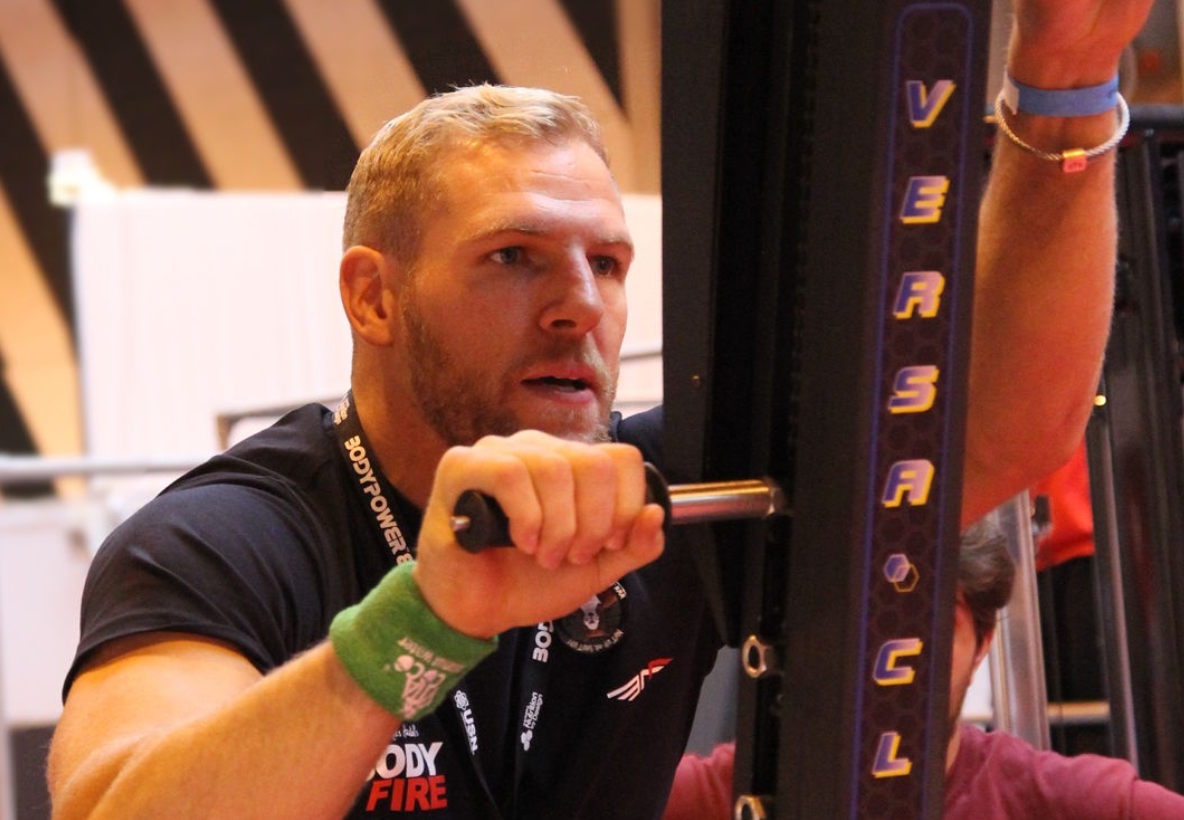Finding the balance in fitness PR

While government figures lament the British public for falling short when it comes to physical activity levels, it’s clear these statistics are not due to a lack of training options available, or limited awareness of the benefits of exercise.
We held the Olympics just six years ago and all the talk of ‘legacy’ and ‘increased participation’ has clearly fallen on deaf ears for some. But why does the UK continue to miss the mark when it comes to getting active? There’s a lot be said about the role of comms in the matter.
For commercial fitness brands, the goal is typically to increase product sales and membership subscriptions, while for national governing bodies it is primarily to increase ‘grassroots’ participation. However, the challenges when it comes to PR and comms are universal.
Choose your wording wisely
‘Beginners’, or those new to fitness, do not want to be scared away by the unobtainable or elite, while existing enthusiasts might not want to get involved in activities they see as ‘amateur’. It’s a fine balancing act that must be carefully trodden to avoid falling into the pit of drabness.
For marketing and communications pros, investing in multiple core messages when it comes to fitness PR is crucial for national and global success. This must be apparent through the choice of words, the target media and ultimately, the call to action at the end of a press release, advert or social media post.
Obviously, for certain brands such as Tough Mudder, which prides itself on providing the ultimate “hardcore” challenge to participants, this terminology could be an immediate red flag for the majority of people, and given the level of fitness required to complete their races, this is fine. However, for health clubs, gyms or fitness equipment manufacturers that rely on high levels of interest and sales for success, it’s important that careful consideration is imbedded into any comms strategy to ensure potential customers are not wary of a brand, based purely just on the wording of a sentence.
Putting this into practice
This has been a critical challenge when working with client Versaclimber UK; eradicating the impression that the full body training machine was just a training tool suited to elite athletes (and Rocky!). While we continue to work closely with UK’s most read fitness titles, Men’s Health, Women’s Fitness etc. to educate readers about the benefits of this training tool to Olympians, we also work with national and regional press to showcase its effectiveness for general users (did you know Location, Location, Location host Phil Spencer recently used the machine for training ahead of his ‘Everest In The Alps charity challenge?)
If trying to appeal to the masses, it’s crucial that brands think about how they get in front of their target audience. Not all those thinking about joining their local gym will necessarily be reading fitness publications for their advice, so it’s important that stories that resonate with the ‘average’ user are also showcased through social media and PR – this could be a weight loss case study or charity challenge for example. It’s also important to remember that (as widely believed within the fitness industry), IT’S NOT ALL ABOUT INFLUENCERS!
The sector is becoming ever more saturated with new workouts and training options – the requirement for a clear brand message that differentiates from competitors is now the greatest it has ever been. Choose your words wisely (and of course optimise for digital / SEO too) and reap the rewards of a campaign that appeals to multiple audiences and doesn’t scare off potential sales.




